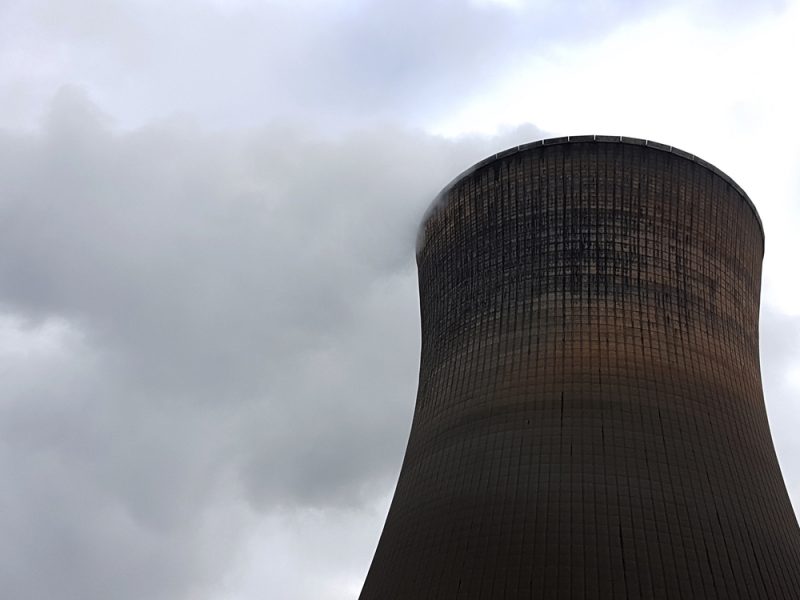NEI conducts Wall Street financial analyst briefing

Nuclear Energy Institute (NEI) President and Chief Executive Officer Maria Korsnick recently held a briefing with Wall Street financial analysts in New York, at which she highlighted the benefits of future outlook for nuclear energy.
Various new nuclear technologies are also being designed and licensed, Korsnick told the analysts.
“Our operating nuclear plants are the backbone of the U.S. electric system, and a critical part of our
national electric infrastructure,” Korsnick said.
The fact that electricity markets often fail to adequately compensate plant owners for the services nuclear facilities provide is part of the reason for recent early closure announcements, according to Korsnick.
Illinois and New York, however, worked with stakeholders in 2016 to save five nuclear plants that would have otherwise been shut down.
“We see states, regions and the federal government taking actions to preserve our nuclear power plants,” Korsnick said. “They recognize that these plants constitute critical infrastructure that is too valuable to lose.”
Korsnick also updated the analysts on an initiative that was announced at last year’s Wall Street Briefing, the Delivering the Nuclear Promise initiative, which seeks to bring important efficiencies, added safety and operational savings to every nuclear plant. Through the initiative, more than 1,000 industry staff reported $650 million in potential savings. More than 90 percent of the actions identified in the initiative are being applied at nuclear facilities.
Korsnick also identified two major challenges to the nuclear industry. In order to succeed, she said, the industry must work to preserve its baseload infrastructure and create a favorable policy environment.
“By any objective measure, nuclear energy represents the most complete value proposition of all sources of electricity,” Korsnick said. “A promising future creates a compelling rationale for tackling nuclear energy’s challenges in the present.”
